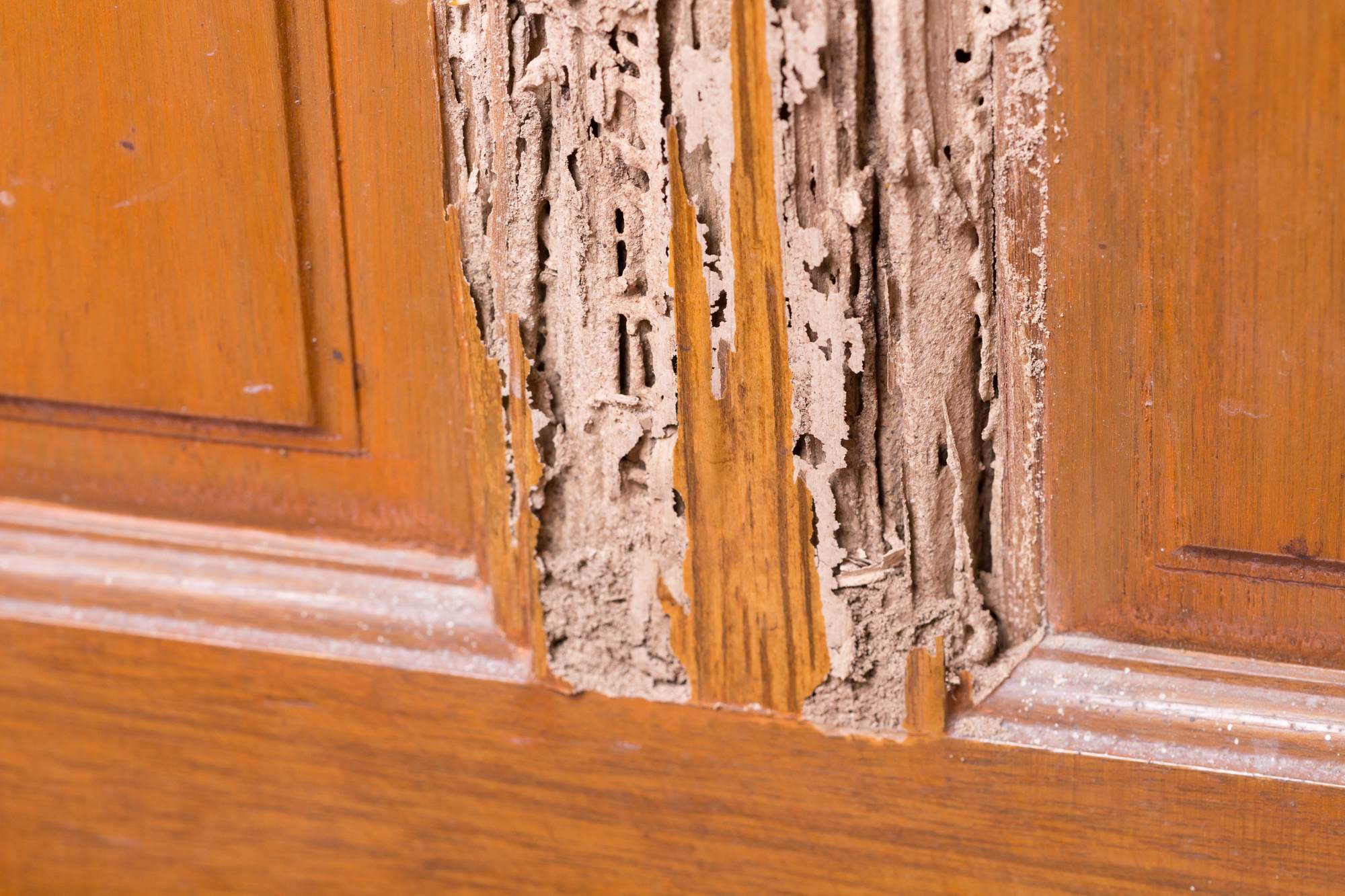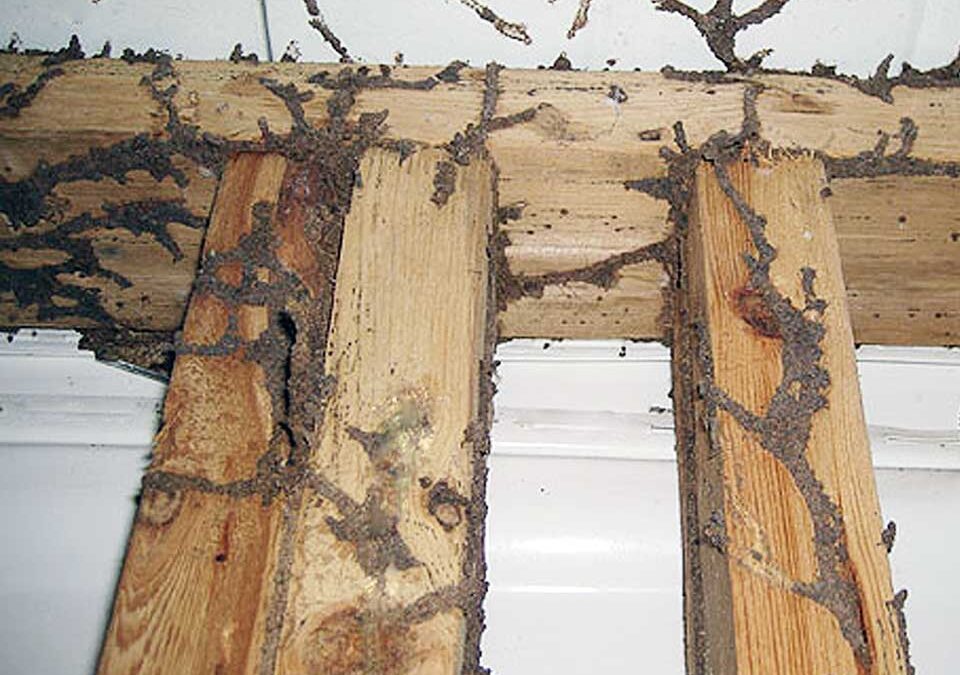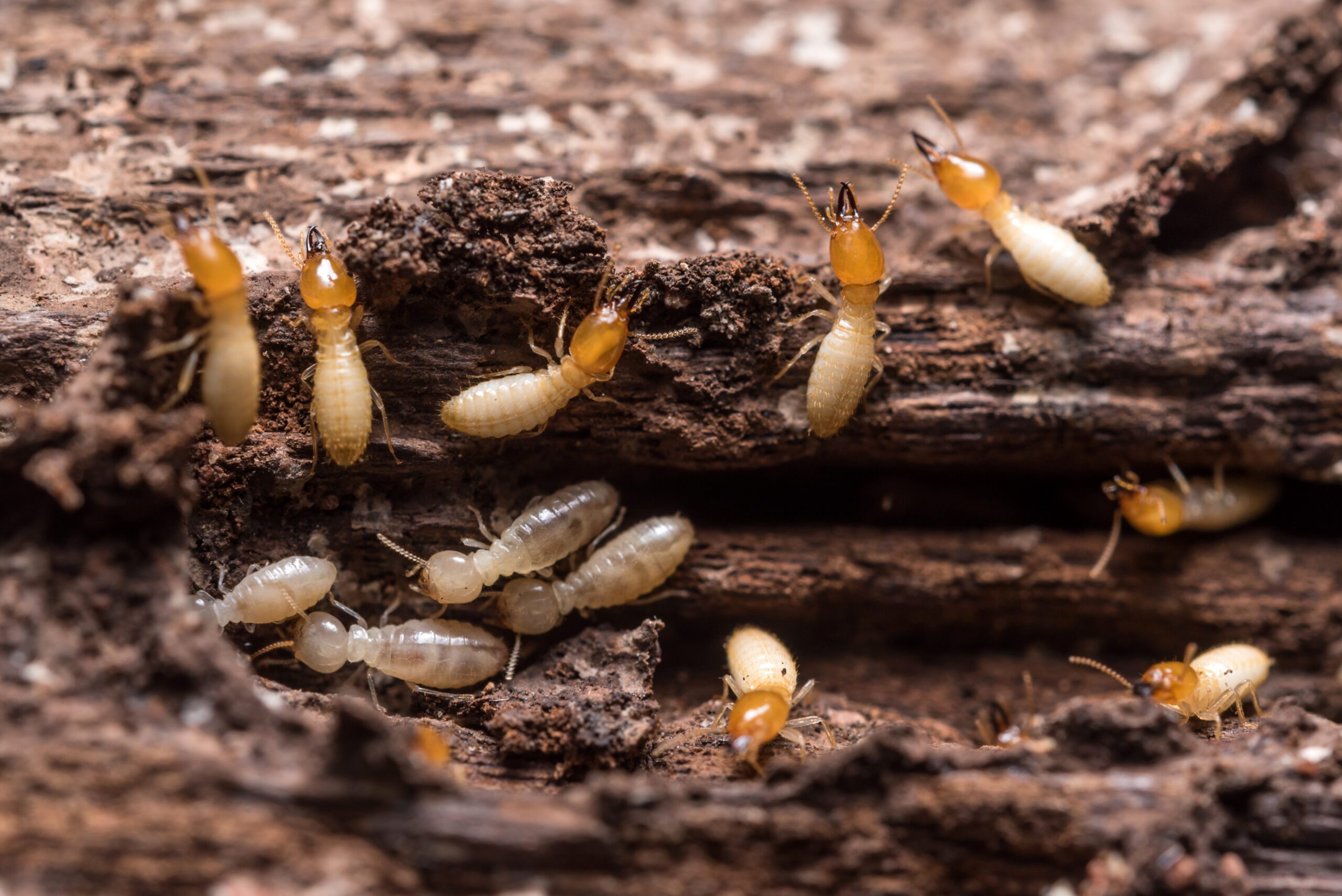Termite Removal in McKinney
serving homeowners and businesses across Melissa and Princeton
Termites are silent remodelers that never send a bill. They hollow studs behind pristine drywall chew floor joists from the inside and nibble porch posts until paint suddenly bubbles or a foot sinks through decking. By the time a spring swarm circles the back porch light thousands of workers may have been feeding for years. Warm North Texas evenings dependable rainfall and short winters allow subterranean colonies to stay active almost every month of the year in Collin County. Pest Control Xperts delivers thorough termite removal supported by region specific expertise, field proven products and easy to follow prevention tips that keep structures solid on the McKinney Square ranch homes in Melissa and rural retreats near Princeton.
Why Termites Flourish in Collin County
McKinney sits where blackland prairie clay transitions toward sandy woodland soil. Spring storms roll across Lake Lavon then soak the Wilson Creek floodplain. That moisture level creates ideal tunneling conditions for subterranean termites. Afternoon highs from May through September often climb above ninety five degrees yet the clay under shaded live oaks along Towne Lake holds lunchroom humidity for worker termites. Winter fronts sweep in but rarely linger more than two or three days. Heated interiors along Virginia Parkway and in Melissa subdivision crawl spaces keep sill plates above sixty degrees so foraging never truly stops.
Local building habits add fuel. Fast paced subdivision construction means cut boards and cardboard scraps sometimes get buried in foundation backfill. Those cellulose snacks sit inches from slab edges calling termite scouts. Landscapers on custom homes often mound mulch against brick veneer for a finished look. Mulch traps moisture directly under weep holes which are designed for breathing but turn into perfect entrances. In Princeton older pier and beam farmhouses stand on cedar posts that still meet soil after decades of rain splash. Even well stained posts invite subterranean galleries to rise inside unseen.

Termite Species Seen in McKinney Melissa and Princeton
Eastern subterranean termite
The most common in Texas. Colonies may reach fifty thousand workers but multiple nests can network under a single block bringing numbers close to half a million when soil stays moist through consecutive seasons.
Formosan subterranean termite
Less common but present in Collin County shipping pallets. Workers build carton nests in wall voids that hold moisture even during drought periods. A single mature queen can lay thousands of eggs per day.
Arid land subterranean termite
Often found nearer to sandy pastures around Princeton. Colony numbers stay smaller yet spread widely across cedar outbuildings, porch rails and fence posts.
Drywood termites sometimes arrive in antique furniture purchased at flea markets on the historic McKinney Square. Pest Control Xperts technicians examine suspect items before they cross the threshold and treat isolated pieces when needed.
Signs Termites Are Active
- Pencil wide mud tubes creeping up foundation walls porch piers or crawl space posts
- Bulging paint that cracks under fingertip pressure releasing sawdust like frass
- Hollow sounding wood or a sudden soft spot in hardwood flooring near French doors
- Piles of clear wings on window sills after a warm March rain followed by bright sun
- Door frames that no longer close square or porch steps that sag under normal weight
Any single clue warrants an inspection because subterranean termites feed silently for years before obvious damage emerges.
Hazards of Delayed Termite Treatment
- Expensive structural repairs when sill plates support beams or roof trusses weaken
- Real estate transactions stall once appraisers note active galleries behind brick veneer
- Closing dates push out while lenders require treatment documentation and engineering letters
- Business interruption when city inspectors flag termite damage in rental storefronts
- Loss of heritage value in prairie farm houses where original cedar beams crumble
Prompt termite removal and proactive monitoring are always less costly than reconstruction.

The Pest Control Xperts Approach
Detailed Inspection
A certified inspector starts at soil level and works upward to attic ridge beams. Moisture meters log percent water in suspect studs. Infrared cameras reveal heat signatures from concentrated termite metabolism inside sheetrock. A thin probe checks baseboards at quarter inch intervals for voids. Findings are photographed then plotted on a digital floor plan that shows tube locations, structural risk zones and conducive moisture spots. The report arrives by email the same day so owners can review while evidence is fresh.
Custom Treatment Plan
- Non Repellent liquid barrier is trenched into soil around the foundation then injected through drill holes every twelve inches in slab seams, patio junctions and bathroom plumbing penetrations. Termites cross treated zones without detecting change groom toxin onto nest mates and the colony collapses.
- In ground bait system is installed every ten feet when patios, swimming pools or mature live oaks prevent trench work. Termites feed on cellulose laced with growth inhibitor carry it home and new larvae fail to develop.
- Foam application is directed into wall voids under bay windows, shower pans and attic eaves where visual inspection found carton nests or damp mud tubes. Foam expands to coat irregular surfaces then dries odorless.
- Borate wood soak treats raw lumber during remodels or garage additions providing built in resistance for decades.
Structural and Moisture Corrections
Technicians identify and advise on grading fixes gutter downspout extensions leaking hose bibs and sprinkler heads that overshoot beds. Mulch is raked back six inches from siding and root flare exposures allow quick soil drying. Crawl space vents receive insect screens to block winged swarmers. Cracks in mortar or slab are filled with polyurethane flexible sealant to deny hidden passage.
Monitoring and Maintenance
Liquid barriers remain potent for at least eight years but annual checkups confirm soil still covers trench lines after landscaping projects. Bait stations are inspected every ninety days for activity until a full year shows no new feeding then twice annually. Service records display product names, Environmental Protection Agency numbers and placement diagrams handy for homeowners insurance or mortgage proof.
Local Service Snapshots
Historic downtown storefronts
Slender limestone basements make trenching tricky. Portable injection rigs deliver barriers without heavy hoses rolling across vintage hardwood floors. Crews operate at sunrise before coffee shops open so foot traffic never crosses drying patches.
Melissa lake view decks
Formosan scouts often launch from driftwood washed up on Lake Lavon. We combine in ground bait around seawall soil with borate brushing on cedar joists then follow with dusk flashlight checks during winged swarm season.
Princeton barn conversions
Arid land termites target cedar posts holding loft apartments. Technicians foam inside hollow cores stabilize posts with borate resin then reset bait stations along pasture fence lines to intercept new colonies moving in from feedlots.

Why Choose Pest Control Xperts
- Local expertise built on years of rainfall recording soil sampling and swarm pattern mapping across Collin County
- Integrated strategy combining barrier chemistry bait technology foam spot work moisture correction and homeowner education for multi layer protection
- Transparent reporting storing images moisture readings product labels and digital diagrams in a client portal for quick retrieval during bank refinance or sale
- Flexible scheduling with early morning late evening and weekend appointments that limit conflict with restaurant hours clinic operations or family gatherings
- Cost aware maintenance plans that run less than one percent of average reconstruction expense while preserving property value and peace of mind
Everyday Prevention Tips
- Keep mulch depth under two inches and pull it six inches away from siding to expose termiticide treated soil
- Store firewood on metal racks at least eighteen inches off the ground and twenty feet from exterior walls
- Direct downspouts and air conditioner drain lines at least four feet from the slab so soil stays dry
- Fix leaking outdoor faucets quickly and insulate crawl space plumbing to avoid slow drips
- Trim shrubs so foliage does not touch brick or stucco allowing sun and air flow around foundation
- Inspect attic rafters for roof leaks every spring before thunderstorm season triggers termite feeding spikes
- Use pressure treated lumber or borate soaked wood for deck posts and landscape borders
- Remove scrap boards form stakes and cardboard after construction projects end
- Seal hairline slab cracks with flexible patch once each year during autumn yard cleanup
- Schedule a termite inspection every two years or annually if a neighbor reports activity
Frequently Asked Questions
How long will treatment last
Liquid barriers installed at labeled volume remain active for at least eight years when soil grade stays consistent. Bait systems protect as long as stations are maintained quarterly. Pest Control Xperts provides reminders so owners never miss a service window.
Do I have to leave during service
No. All work happens outside or inside wall voids. Any odor free foam inside dries in about two hours. We simply ask that pets and children avoid treated soil until surface moisture evaporates usually the same afternoon.
Will treatment harm landscaping
Products bind tightly to soil particles below root depth. Technicians trench by hand when near prized rose beds and backfill with native soil to avoid root shock.
Contact Pest Control Xperts Today
Mud tubes on foundation brick sagging porch posts and wing piles on sunny sills reveal termites are eating your biggest investment. Acting quickly saves lumber money and resale value. Pest Control Xperts stands ready with prompt termite removal in McKinney across booming Melissa neighborhoods and throughout rural Princeton properties. Our exterminator team thoroughly explains findings in clear language treats with precision and teaches simple moisture and grading adjustments that keep colonies from returning. Contact us Today to schedule a comprehensive evaluation or enroll in a maintenance program that safeguards your structure through every season.
